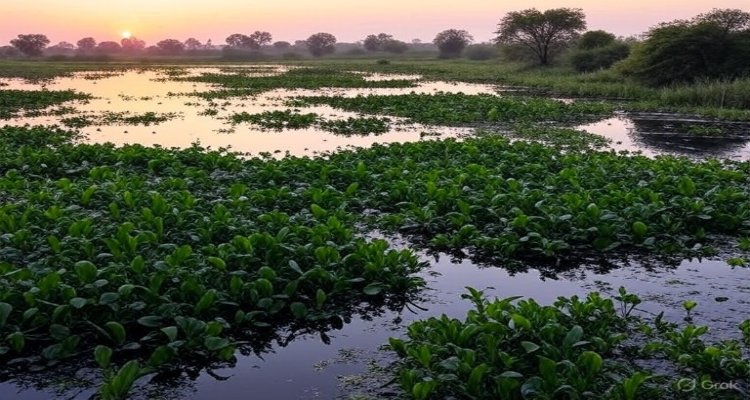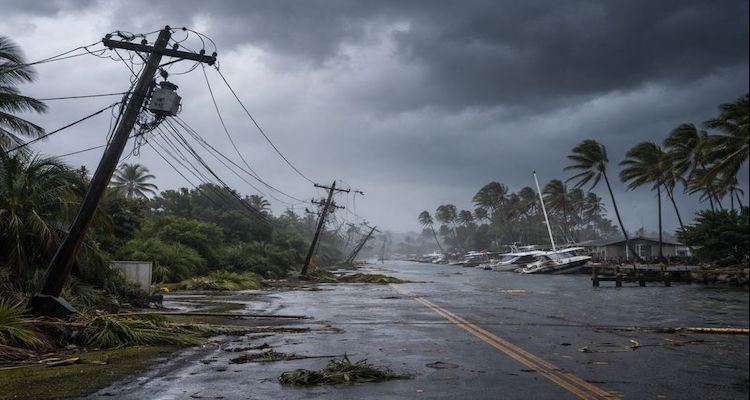Two Wetlands from Bihar Get Ramsar Tag, Boosting India’s Conservation Network

Two wetlands in Bihar—Gokul Jalashaya and Udaipur Jheel—have been declared Ramsar Sites, bringing India’s tally to 93. Here’s why it matters for biodiversity and communities.
Introduction: A Big Win for Bihar’s Wetlands
In a major boost to India’s ecological heritage, Union Environment Minister Bhupender Yadav announced that two wetlands from Bihar—Gokul Jalashaya in Buxar and Udaipur Jheel in West Champaran—have been added to the prestigious list of Ramsar Sites. With this recognition, India now has 93 wetlands under the global convention, underscoring the country’s growing role in safeguarding biodiversity and water ecosystems.
Context: What the Ramsar Tag Means
The Ramsar Convention on Wetlands, signed in 1971 in Ramsar, Iran, is the world’s oldest intergovernmental treaty dedicated to conserving wetlands. Today, it covers more than 2,500 sites across 173 countries, protecting over 2.5 million square kilometers of fragile ecosystems.
For India, which ratified the treaty in 1982, wetlands have always been more than just water bodies—they are lifelines for biodiversity, agriculture, fisheries, and flood management. Recognizing new sites not only ensures international attention and protection but also strengthens local communities’ ties to their environment.
The Newly Recognized Sites
Gokul Jalashaya, Buxar
Located on the southern edge of the Ganga River, Gokul Jalashaya is an oxbow lake shaped by the river’s natural course. Its unique hydrology makes it a seasonal haven: during floods, it acts as a natural buffer, protecting nearby villages, while in drier months it reveals marshes that support agriculture and birdlife.
- Biodiversity: Home to over 50 bird species, especially during pre-monsoon when shrubs and marshland provide rich breeding grounds.
- Community Role: Villagers depend on the lake for fishing, farming, and irrigation, making it both an ecological and economic asset.
Udaipur Jheel, West Champaran
Bordered by the Udaipur Wildlife Sanctuary, this oxbow lake is distinguished by its rich vegetation and cultural connection with local communities.
- Flora & Fauna: More than 280 plant species thrive here, including the rare Alysicarpus roxburghianus, found only in India. The lake also supports 35 migratory bird species, such as the vulnerable common pochard (Aythya ferina).
- Ecological Significance: Jamun trees line the lake, and their fallen fruits are believed to naturally purify the water.
- Threats: The site faces challenges from illegal fishing and unsustainable farming practices, especially the heavy use of chemical fertilizers and pesticides.
Why Wetlands Matter
Wetlands are often described as the “kidneys of the Earth.” They regulate water cycles, recharge groundwater, filter pollutants, and act as buffers against floods. Despite covering just 6% of the Earth’s land, wetlands support 40% of all plant and animal species.
- Human Dependence: Over a billion people worldwide rely directly on wetlands for food, water, and livelihoods.
- Climate Shield: Wetlands are powerful carbon sinks and natural defenses against climate change-driven disasters like floods and droughts.
- Cultural Value: In India, wetlands have deep ties to community traditions, religious practices, and local economies.
Expert Insight
Environmental experts stress that while the Ramsar tag is an important milestone, it is just the beginning.
“Designation alone doesn’t guarantee protection. What matters is community engagement, strong monitoring, and sustainable practices,” says Dr. Rakesh Kumar, a Patna-based ecologist. “The recognition should translate into better policies, eco-tourism opportunities, and a reduction in harmful practices like illegal fishing.”
Broader Impact & What Lies Ahead
With Bihar’s wetlands now on the Ramsar map, conservationists expect greater focus on:
- Funding & Research: Increased opportunities for ecological studies and conservation financing.
- Community Livelihoods: Potential for eco-tourism and sustainable fishing practices.
- Policy Action: The Ramsar status could push state and local governments to adopt stricter rules against pollution and encroachment.
- Public Awareness: Observances like World Wetlands Day (February 2) can now be tied more strongly to local campaigns in Bihar, fostering pride and responsibility among residents.
Conclusion: A Step Toward a Sustainable Future
The recognition of Gokul Jalashaya and Udaipur Jheel as Ramsar Sites is more than symbolic—it’s a call to action. These wetlands are not only biodiversity hotspots but also lifelines for thousands of people who depend on them. With thoughtful management, they can continue to provide ecological security, cultural continuity, and sustainable livelihoods for generations to come.
Disclaimer :This article is for informational purposes only and is based on the latest available announcements and background data about the Ramsar Convention and wetlands in India.










